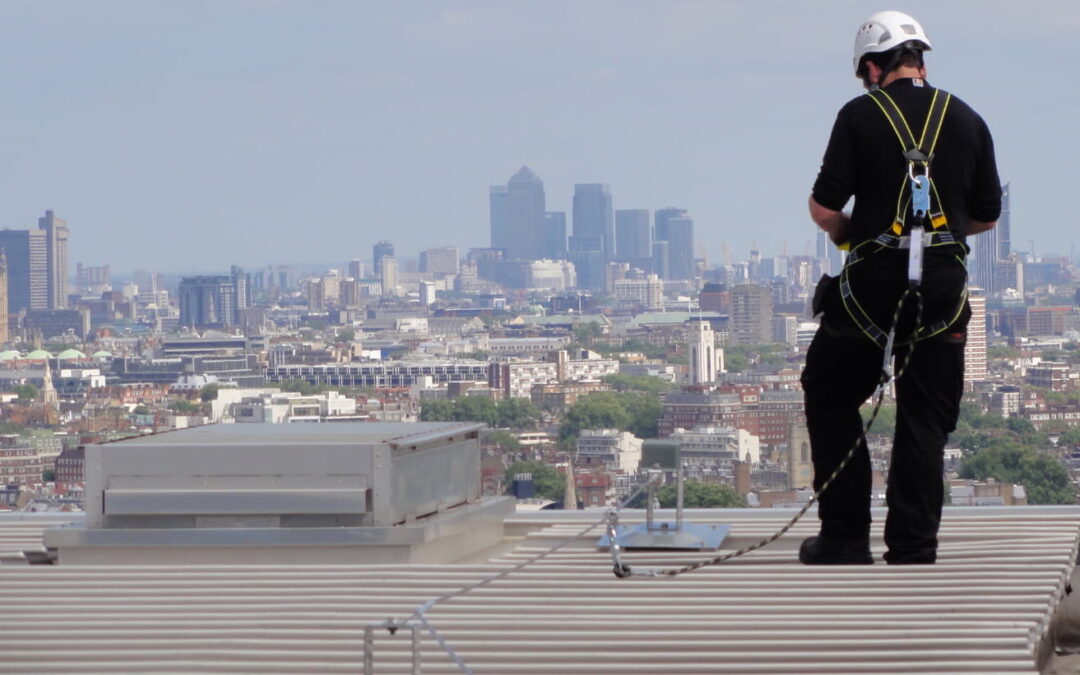Workplace safety is paramount in any industry, and it becomes even more crucial when the work involves heights. Falls from height are one of the most common causes of serious work-related injuries and fatalities. This is where fall restraint equipment comes into play, dramatically reducing the risk of such accidents and ensuring a safer work environment.
Understanding Fall Restraint Systems
It is designed to prevent workers from reaching a point where a fall hazard exists. These systems, often composed of body harnesses, lanyards, and anchorage points, ensure that workers cannot get too close to an unprotected edge.
These systems differ from fall arrest devices, which are designed to stop a fall that is already in progress. While both types of equipment are essential in certain situations, fall restraint systems offer the advantage of preventing falls from occurring in the first place.
The Vital Role of Fall Restraint Devices in Workplace Safety
Fall prevention mechanisms play a pivotal role in maintaining employee safety, especially in industries like construction, roofing, and window cleaning, where employees often work at heights. By restricting a worker’s movement to safe areas, these systems eliminate the possibility of them accidentally stepping over an edge or slipping off a roof.
Remember, the primary objective of these safety devices is to prevent the occurrence of accidents, not just to minimize injury after an accident has occurred. They serve as the first line of defence against fall hazards, making them an indispensable part of any comprehensive workplace safety strategy.
Ensuring Proper Use of Safety Gear
While having fall protection equipment on hand is a significant step towards enhancing safety at work, merely possessing the gear is not enough. It’s crucial that all workers understand how to correctly use and maintain this equipment. Regular training sessions should be held to ensure that everyone is aware of the correct procedures.
Legal Requirements and Standards
In many jurisdictions, the use of fall prevention mechanisms in certain industries is not just good practice – it’s the law. Regulatory bodies such as OSHA in the United States have set out clear guidelines on when and how this equipment should be used. Compliance with these rules is not only legally required, but it also helps companies maintain high safety standards.
In Conclusion:
Fall restraint equipment is a key component in ensuring workplace safety. Their proper usage, coupled with regular training and maintenance, can create a safer work environment, reduce accidents, and save lives. It’s a small price to pay for the peace of mind that comes with knowing your workforce is protected.
